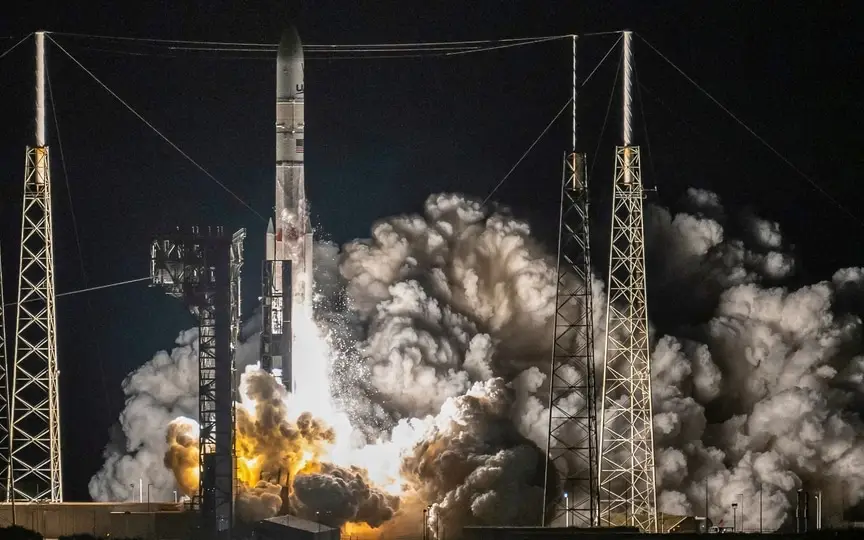NASA incorporated mistakes into its moonshot strategy, taking inspiration from Elon Musk-led SpaceX.
The recent failure of the first US-made moon lander in over 50 years came as a surprise when it experienced a critical issue soon after entering space on Monday. However, NASA had anticipated such a possibility. The Peregrine lander, constructed by Astrobotic, a startup from Pittsburgh, encountered a propulsion error shortly after being launched into orbit, resulting in the leakage of propellant into space. Within a day, the company confirmed that the spacecraft had no chance of reaching the moon.
NASA actually expected a few low-impact accidents like this when implementing its moonshot strategy, and was inspired by Elon Musk’s SpaceX and Wall Street. The agency’s grander plan is to send humans back to the moon within this decade.
Astrobotic’s Peregrine lander was created in collaboration with NASA’s CLPS (pronounced “clips”) program, which stands for Commercial Lunar Payload Services. The idea behind the program is to help advance the development of privately built lunar landers that can carry NASA payloads, while accepting that some partners will go further than others.
“Unlike other NASA programs, if this program has a failure, it’s not a total loss,” Jim Bridenstine, a former NASA administrator who oversaw the creation of CLPS, said before Astrobotic’s launch. “We model this after venture capital.”
NASA has increasingly embraced this type of framework since the turn of the century. The idea goes: partially finance the development of the company’s hardware and then buy rides or services when the hardware is ready.
This is contrary to the way NASA did things. For years, if the space agency wanted something done, it usually funded and oversaw the development of the entire vehicle. The road was typically slow and expensive.
As part of the CLPS program, NASA gave Astrobotic seed capital and shared expertise with the company, although it mostly let the company build Peregrine as it saw fit. To speed things up, NASA also selected several companies to manufacture landers and created a competition to become the first US company to land on the moon.
“Those operators have to raise private capital; they have to get customers that are not NASA, and they have to compete against each other on cost and innovation,” Bridenstine, now an independent consultant and Viasat board member, said.
NASA knew that some companies wouldn’t even make it as far as Astrobotic.
“The idea is not perfection,” Bridenstine said. “The idea is: How fast can we go? That’s kind of the lesson we learned from SpaceX, to be honest.”
SpaceX launches new test rockets, accepting they might explode or fail mid-flight, so engineers get flight experience quickly. That’s one reason SpaceX can advance development faster than NASA and other companies that are more reluctant to “fail” in public.
Explosions and disturbances still have consequences. NASA spent $108 million in taxpayer funds to develop the Astrobotic mission, up from the original $79.5 million contract when the company was first selected for CLPS. In addition, the agency had five lunar payloads aboard the Peregrine spacecraft that are now unable to see the lunar surface.
NASA, in particular, has no such tolerance for crew mission failures. It can only accept more failures during development testing or when lives are not at stake.
“We designed this program knowing it would fail,” Bridenstine said.
There was also some good news on Thursday. Although Astrobotic didn’t reach the moon, it said it has received data on the nine payloads it carried that show they can function in space.
Another CLPS company, Houston-based Intuitive Machines, plans to launch its Moon landing on a SpaceX Falcon 9 rocket as early as mid-February. So there is still a chance that the companies involved in the program can complete their tasks successfully.




